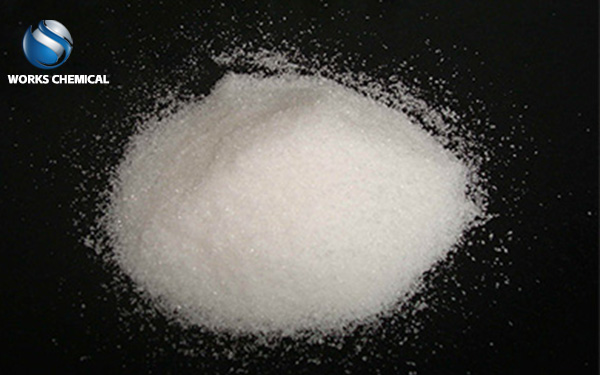
There are significant differences between sludge enhancers and ordinary sludge conditioners in many aspects, which are mainly reflected in the composition, mechanism of action, application effect and scope of application. The following is a detailed analysis of the differences between the two:

Composition difference
Sludge enhancer: usually contains a variety of complex ingredients, such as inorganic compounds, sludge surface structure modifier, degreaser, wall breaking agent, sludge surface treatment agent, sludge stripping agent, etc. These components work together to change the surface structure and properties of the sludge.
Common sludge conditioner: common ingredients include polyacrylamide (PAM), polyaluminum chloride (PAC), ferric chloride, lime and so on. These components mainly promote particle aggregation through adsorption, bridging and other mechanisms.
Difference in mechanism of action
Sludge synergist: mainly acts on the microscopic level of sludge, by changing the surface structure of the sludge, reducing the surface load and specific surface area, destroying the bacterial structure, etc., so that the sludge is more easily dehydrated. Its mechanism is more complex and targeted.
Common sludge conditioner: mainly through the electric neutralization, adsorption bridge and other mechanisms to promote the aggregation and settlement of suspended particles in water. Although it can also improve the dewatering performance of sludge to a certain extent, the mechanism of action is relatively simple and the effect is relatively limited.
Difference in application effect
Sludge synergist: can significantly improve sludge dewatering efficiency and reduce treatment costs. The sludge conditioned by the sludge enhancer is filtered by the filter press, which can achieve the effect of deep dehydration of the sludge, and the moisture content of the sludge can be effectively reduced to a lower level (such as 35%-55%). At the same time, the sludge enhancer can also effectively reduce the replacement frequency of the filter cloth and improve the working efficiency of the equipment.
Ordinary sludge conditioner: Although it also has a certain sludge dewatering effect, it is usually difficult to achieve the deep dewatering effect of sludge synergists. In addition, long-term use of these conditioners may also cause corrosion to sludge dewatering equipment.
Difference in scope of application
Sludge enhancer: widely used in sludge dewatering treatment in various industries, including living, printing and dyeing, paper making, electroplating, chemical industry, leather and so on. Its strong dewatering capacity and wide applicability make it an important choice in the field of sludge treatment.
Ordinary sludge conditioner: it is more used in the field of water treatment and wastewater treatment, for removing impurities such as suspended matter and organic matter in water. Although it can also play a role in sludge treatment, the effect is relatively limited, and the scope of application is relatively narrow.
In summary, there are significant differences between sludge synergists and ordinary sludge conditioners in terms of composition, mechanism of action, application effect and application scope. When choosing which conditioner to use, it is necessary to comprehensively consider factors such as the nature of the sludge, treatment requirements and economic conditions.